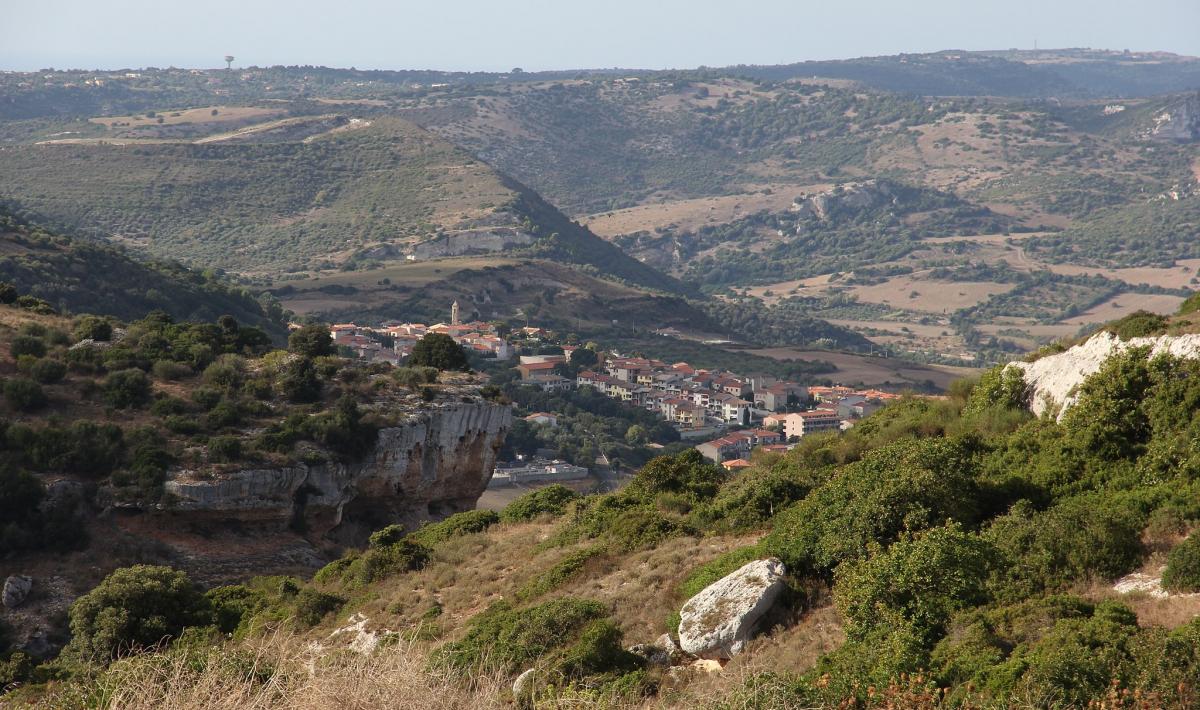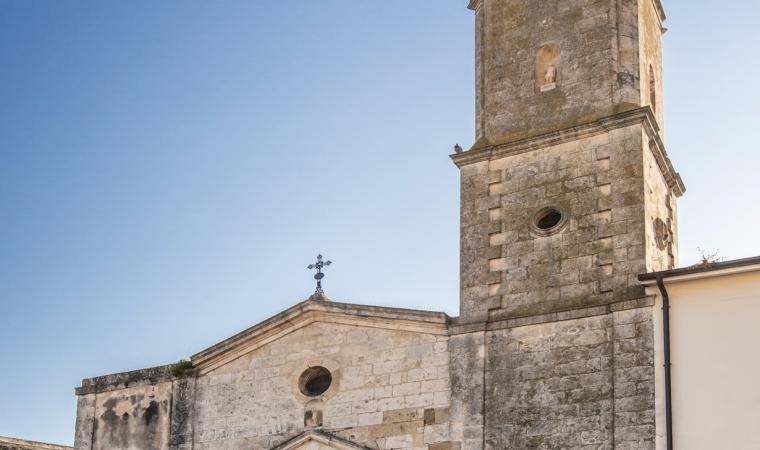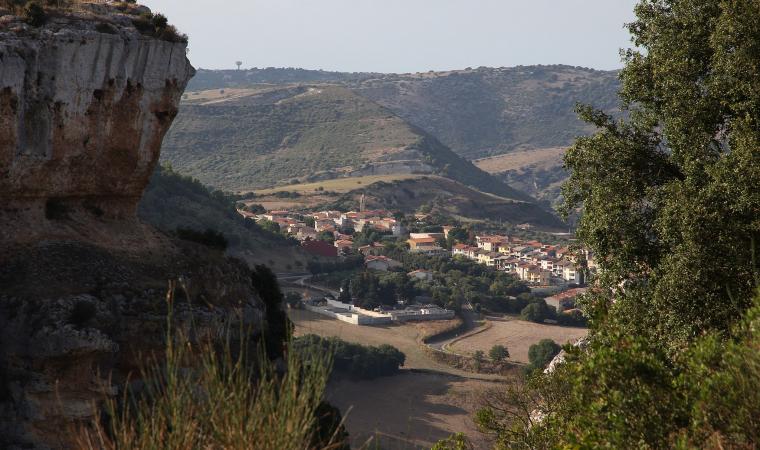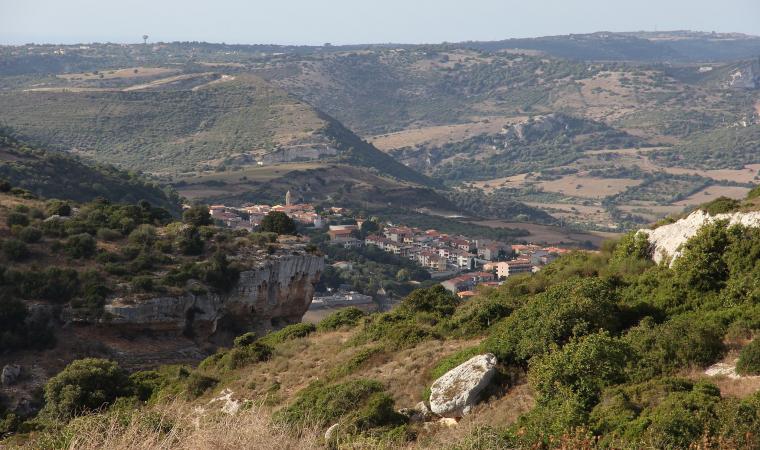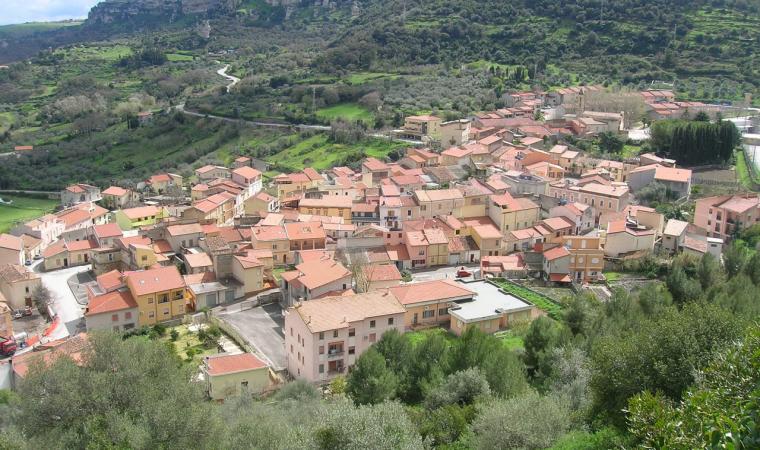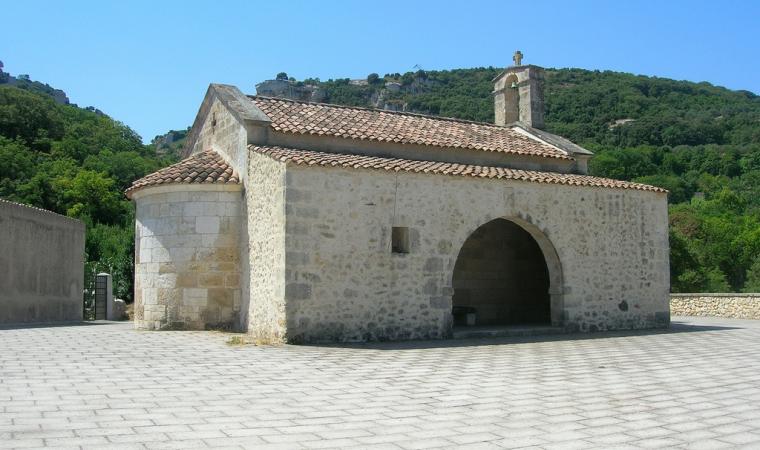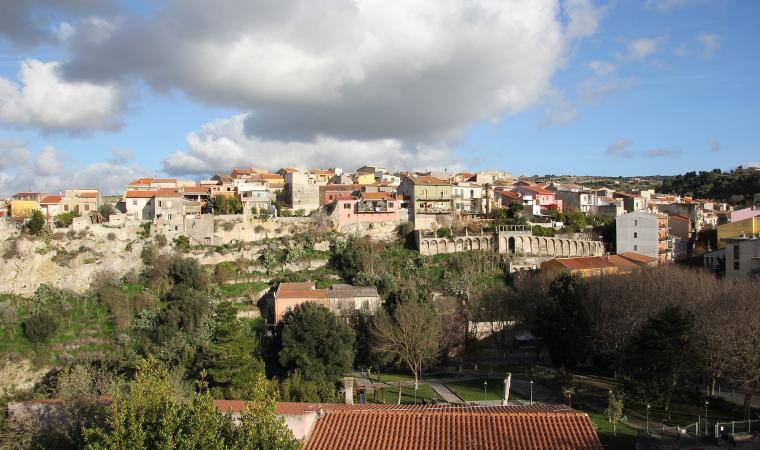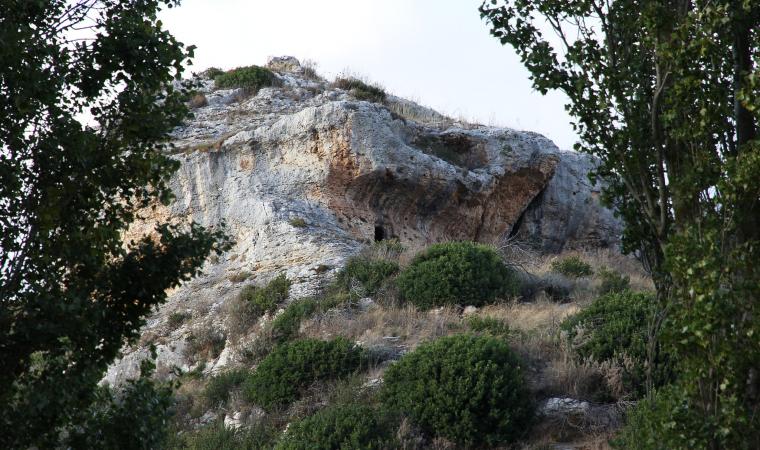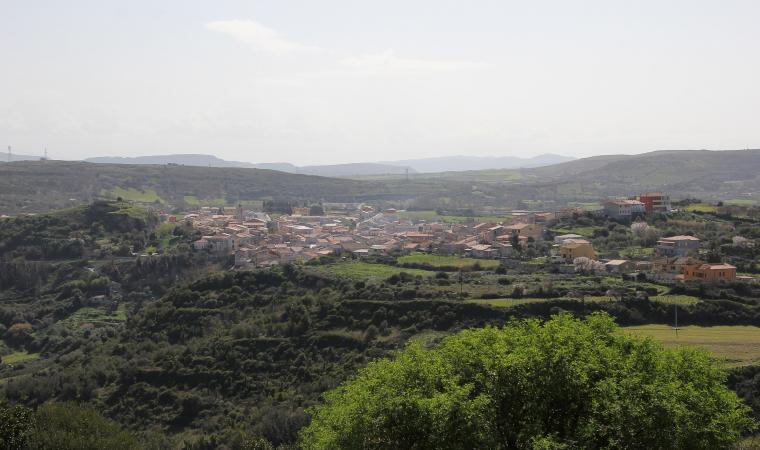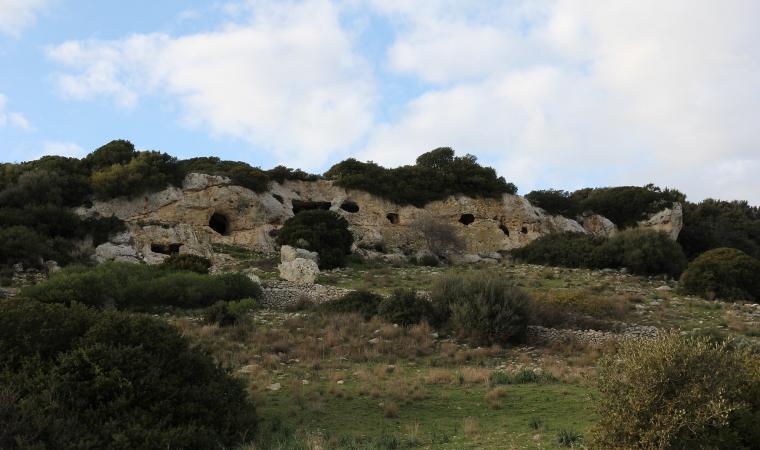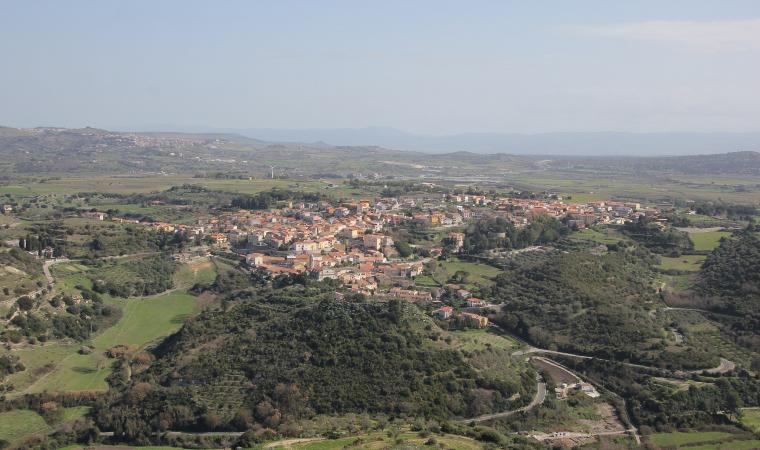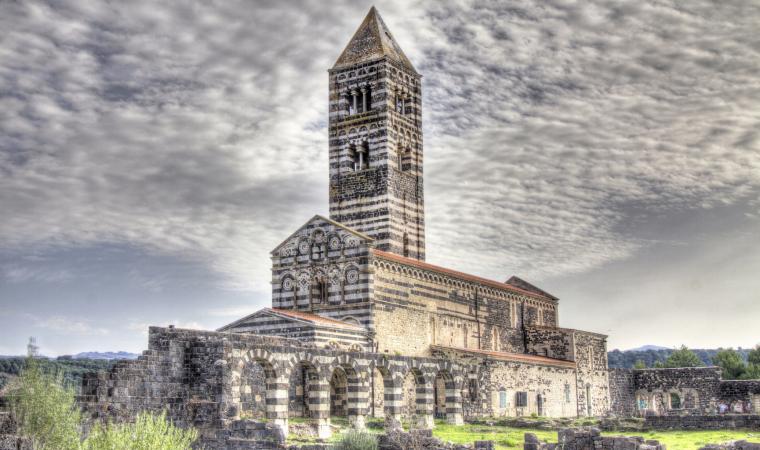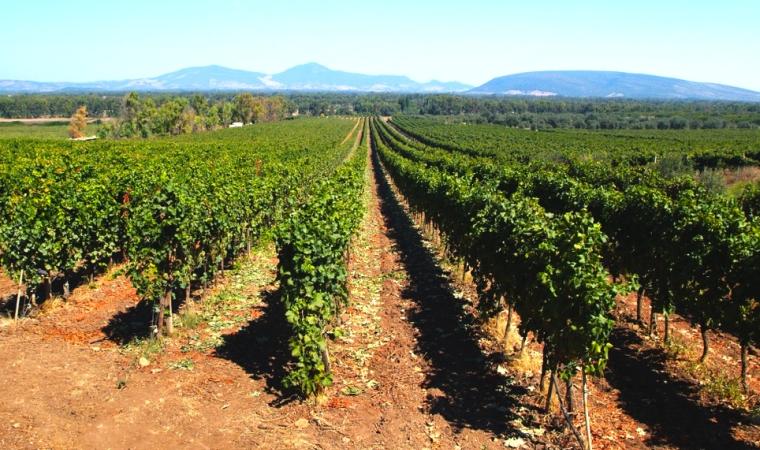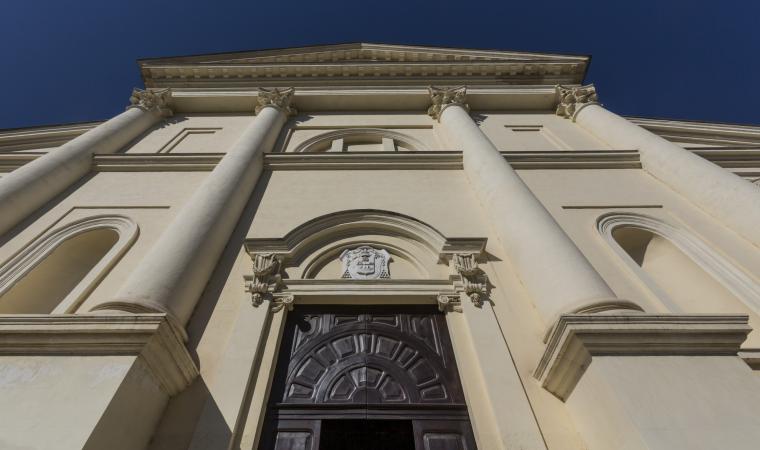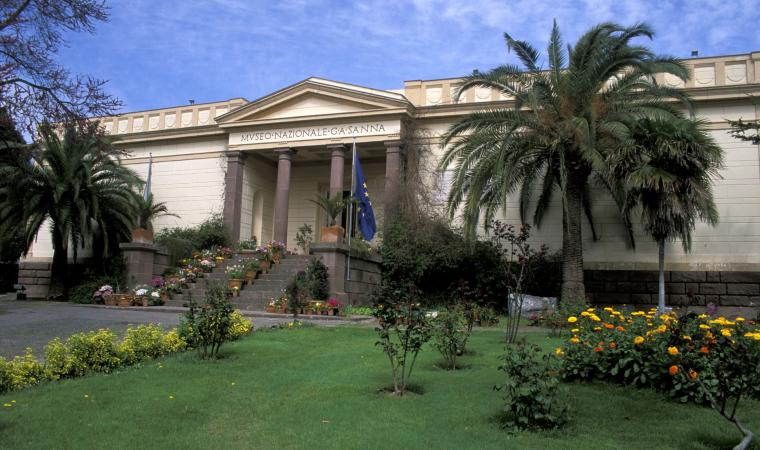Vertical rock cliffs, lush on one side and arid on the other, face plains cut by rivers in an area diverse in geology and plant life. This is the setting of Muros, a village of 800 inhabitants stretching at the base of Mount Canechervu in the Coros (north of the Logudoro area). Here, meadows pass into downy oak forests in Rocca Ruja and common oak forests on Mount Tudurighe, such as the Sa Crabola forest. It is the home of a strawberry tree twelve meters tall, of Badde Olia, a large holly oak grove, and of Pentumas, the only cork tree grove. Poplars, ashes and willows dot the shores of the Mascari river and in the spring, broom shrubs light up the slopes of Mount Frundas.
The town dates to the Medieval period, when its territory was occupied by three villages: Muros, Irbosa, which may have been a Roman settlement, and the villa surrounding the now gone Church of San Giorgio. Today, the Parish of Saints Gavino, Proto and Gianuario (16-17th century), housing an altarpiece with the three martyrs of Porto Torres, draws the eye in town centre. Other sites of interest include a 19th century public water fountain and buildings dating to the Aragon and feudal periods, late 19th and early 20th centuries. Muros is a town of traditions as seen in its dress, bread and festival sweets: su cozolu ‘e s'ou, amaretti and formagelle for Easter, papassinos and tiriccas for the Feast of All Saints.

